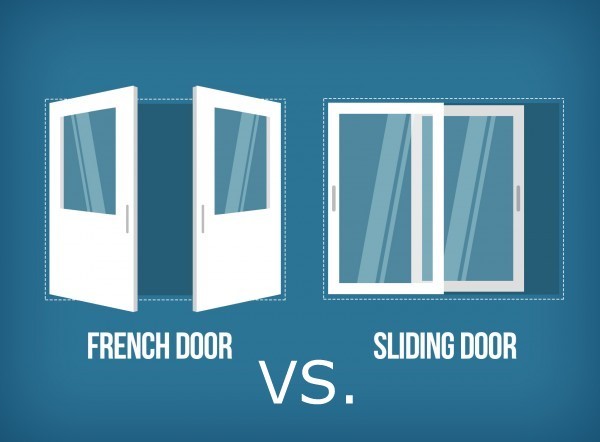Energy efficiency explained when talking about patio doors the u value refers to how efficiently the window glass the door as a whole keeps in heat.
Sliding door u values explained.
Nfrc u factor ratings however represent the entire window performance including frame and spacer material.
In simple terms the lower the u value number the better the thermal performance of the window.
For windows skylights and glass doors a u factor may refer to just the glass or glazing alone.
U values measure how effective a material is an insulator.
U values are generally used to describe the thermal performance heat loss for a section of construction that involves several materials such as a wall made up of timber insulation and plasterboard.
The better it is at doing this the better rating it will have.
The lower the u value is the better the material is as a heat insulator.
This is different than r value that would be used to determine the energy efficiency of just the window pane thus a window with a u value of 1 is more energy efficient than an window with a u value of 5.
The u value is a measure of heat transfer across a building material.
U values indicate the overall performance in retaining heat and preventing it from escaping to the outside.
It is typically used as a measure of heat loss from inside your home to the outside and could be a measure of thermal performance for your walls roof and floors as well as your aluminium windows and doors.
The lower the u factor the more energy efficient the window door or skylight.









